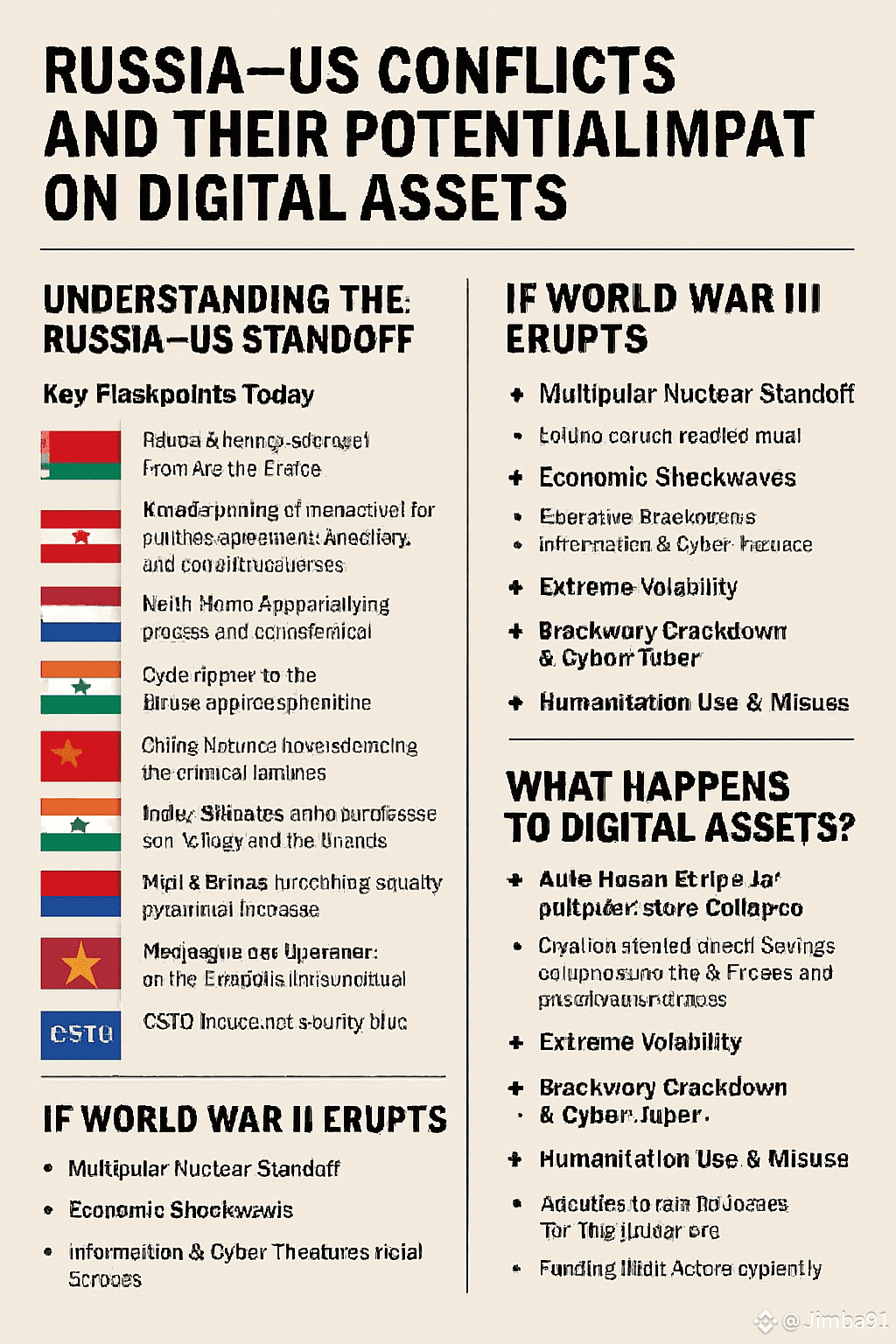1. Key Flashpoints Today
Russia’s formal withdrawal from the Intermediate-Range Nuclear Forces (INF) Treaty marks a stark escalation in its rivalry with the United States. By abandoning the self-imposed moratorium on deploying land-based missiles with ranges of 500–5,500 km, Moscow signals its readiness to mirror or counter U.S. deployments in Europe and Asia.
The breakdown of arms-control backstops has rapidly increased the risk of miscalculation. Both sides have repositioned strategic assets—nuclear submarines, bombers, and missile batteries—in areas once covered by treaty restrictions. Each move fuels the other’s worst suspicions, creating a powder keg around NATO’s eastern flank and the Asia-Pacific region.
Who’s Backing Russia?
A handful of states continue to lend diplomatic, economic, or military support to Moscow. These alliances reflect historical ties, shared strategic interests, or mutual opposition to Western pressure:
- Belarus: Hosts Russian missile launches and tactical nuclear weapons on its territory.
- Iran: Supplies drones, ballistic missiles, and replenishes Russia’s arms stockpiles.
- North Korea: Steadily deepening military and technological cooperation.
- Syria: Relies on Russian airpower to prop up the Assad regime.
- China: Russia’s largest economic partner, refrains from condemning the Ukraine invasion.
- India: Maintains significant arms purchases and energy imports from Russia.
- Mali & Eritrea: Emerging African partners formalizing security pacts with Moscow.
- Nicaragua & Myanmar: Political support in international forums and occasional arms deals.
- Collective Security Treaty Organization (CSTO): Russia-led security bloc with Armenia, Kazakhstan, Kyrgyzstan, Tajikistan, and Belarus.
If World War III Erupts
A global conflict breaking out between nuclear-armed powers would shatter existing defense and economic architectures:
1. Multipolar Nuclear Standoff
Experts warn that simultaneous confrontations in Europe and the Asia-Pacific could force the U.S. to fight two major wars at once—an unprecedented strain on command, control, and logistics that invites miscalculation and accidental escalation.
2. Economic Shockwaves
Beyond traditional battlefield losses, global supply chains for energy, food, and strategic minerals would fracture. Sanctions regimes would proliferate, decoupling regions and accelerating resource hoarding.
3. Information & Cyber Theaters
Cyberattacks would intensify, targeting critical infrastructure, financial systems, and communication networks to sow confusion and cripple adversaries’ responses.
What Happens to Digital Assets?
Digital assets—cryptocurrencies, security tokens, and decentralized finance platforms—would face extreme stress under the pressures of a world war:
1. Safe-Haven Surge vs. Infrastructure Collapse
- Price Increase Scenario: Cryptocurrencies like Bitcoin may be viewed as “digital gold”—independent of central banks and easily transferable across borders—driving a spike in demand as fiat currencies devalue or capital controls tighten.
- Price Decline Scenario: Large-scale conflicts often target or inadvertently damage internet and power infrastructure. If nodes go offline or networks are partitioned, trading platforms could freeze, prompting massive sell-offs and crashes.
2. Extreme Volatility
- Market Sentiment Swings: War-related headlines and announcements from state actors would trigger rapid price swings and liquidations, magnified by leverage in crypto derivatives markets.
- Flight to Traditional Safe Assets: Despite being uncorrelated during peacetime, extreme risk-off sentiment may drive investors back to gold, U.S. Treasuries, and cash, dragging crypto prices down sharply.
3. Regulatory Crackdown & Cyber-Risks
- Stricter Oversight: Governments could impose emergency regulations on on-ramps/off-ramps, enforce stricter KYC/AML controls, or even ban certain tokens to prevent illicit flows or finance of hostilities.
- Heightened Cyberattacks: Cryptocurrency exchanges, wallets, and DeFi protocols would face intensified hacking attempts and denial-of-service campaigns by state-sponsored and opportunistic actors.
4. Humanitarian Use & Misuse
- Adoption in Conflict Zones: In regions where banking collapses, digital assets may provide lifelines—allowing remittances and basic commerce to persist despite currency crashes.
- Funding Illicit Actors: The pseudonymous nature of many chains could be exploited by terror groups or criminal networks seeking untraceable funding channels, complicating international efforts to stem conflict financing.
Even if World War III feels unthinkable today, the fracturing of the Russia–US arms-control architecture and the rise of multipolar tensions make contingency planning essential. Digital assets, still in their infancy, would be thrust into a crucible—oscillating between refuge and risk. For technologists, investors, and policymakers alike, understanding these dynamics now can help build more resilient networks, smarter regulations, and better hedges against the fires of tomorrow’s conflicts.
